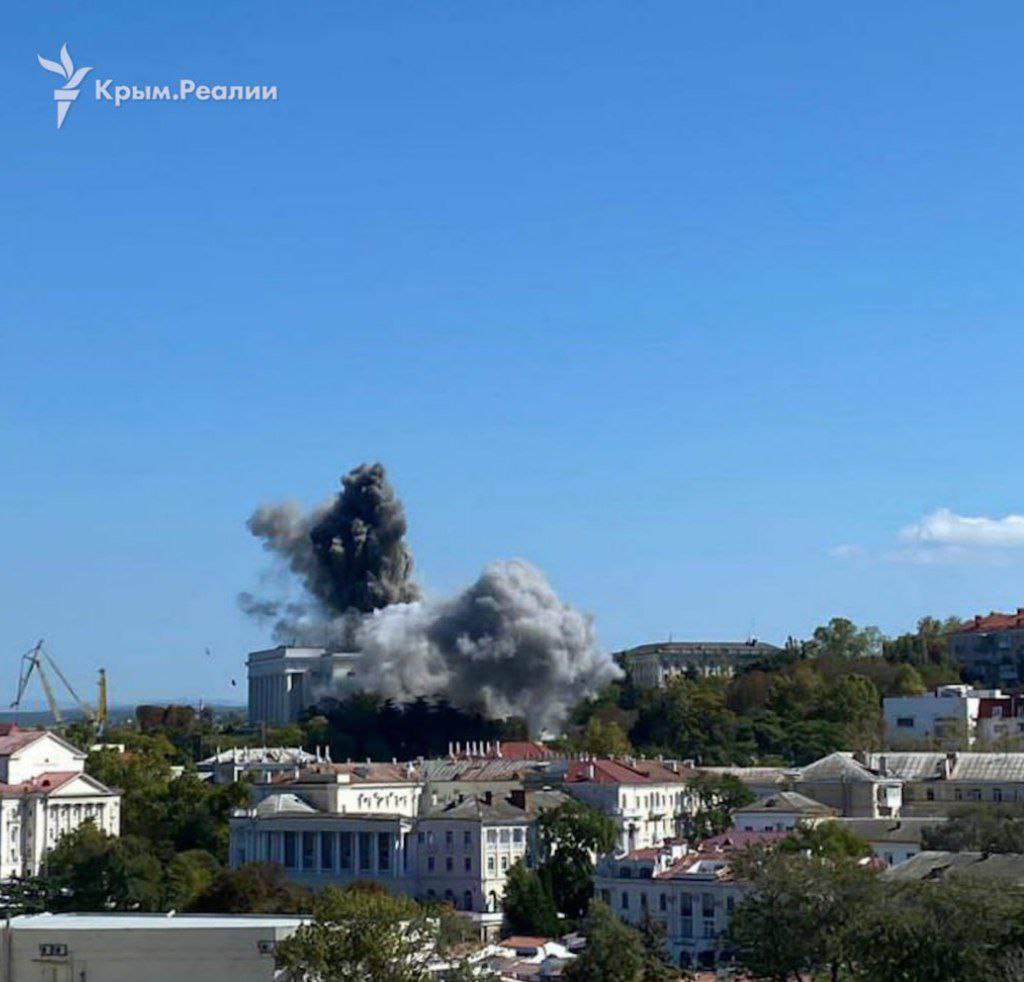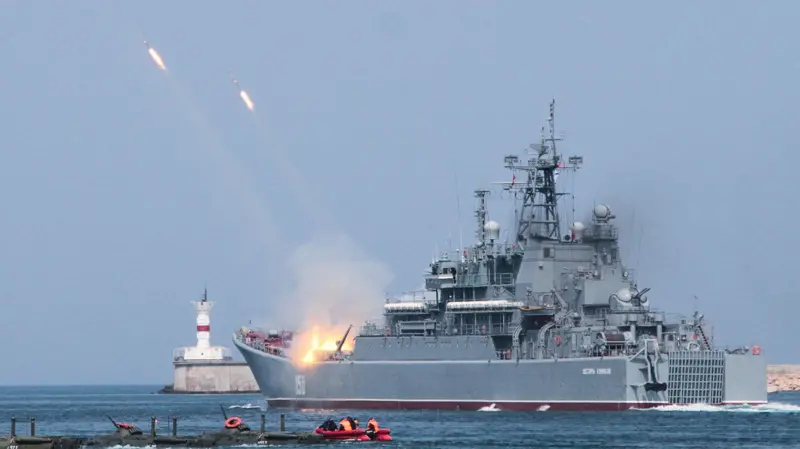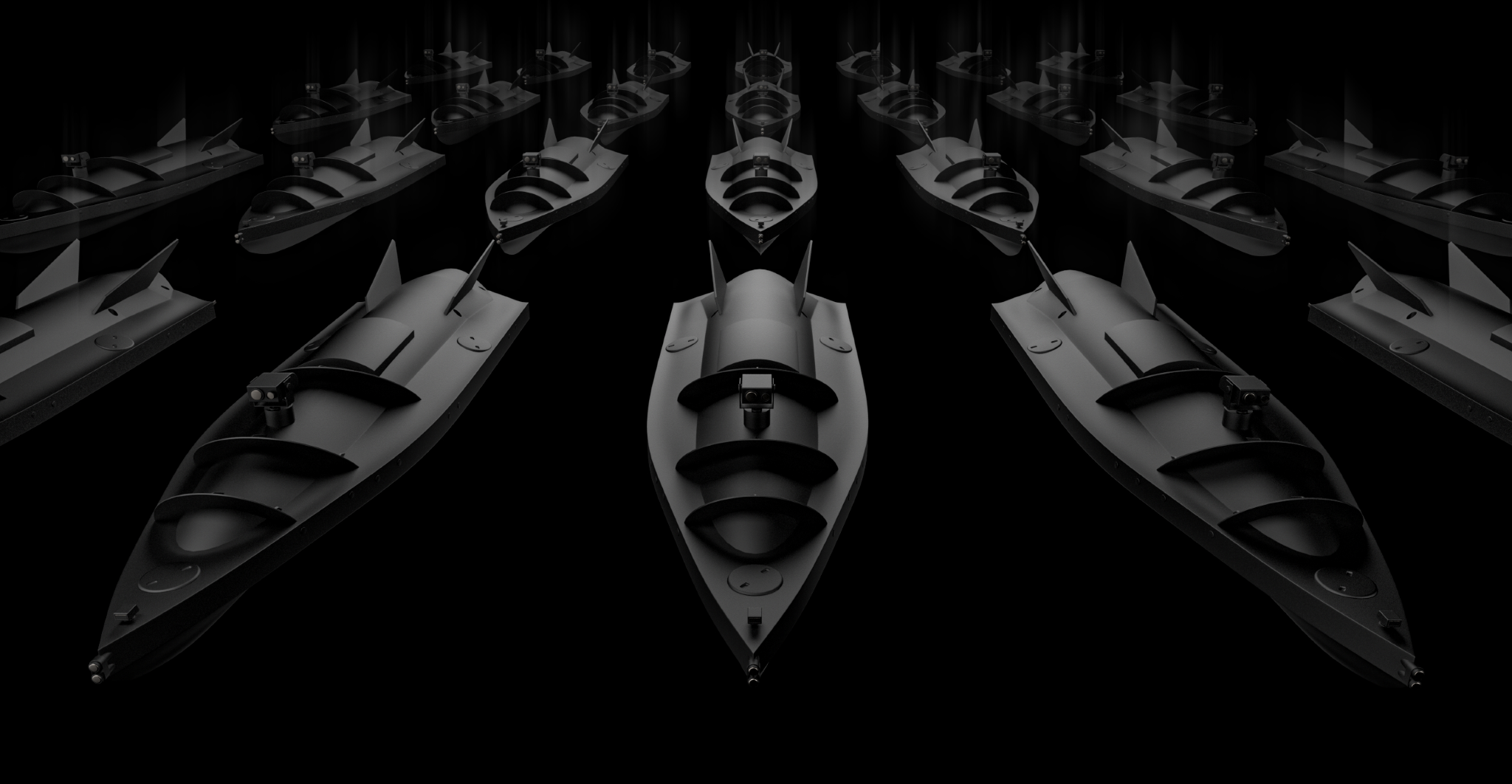Every dictator has that one moment when triumph becomes trap. For Putin, it happened in 2014 when he bloodlessly seized Crimea and watched his approval ratings soar from 63% to 88%.
However, now the peninsula that made him look like a strategic genius threatens to destroy him. Ukraine’s systematic campaign is turning Crimea from Russia’s “unsinkable aircraft carrier” into a sinking ship that could drag Putin’s regime down with it.
How Ukraine broke Putin’s Black Sea fortress
The numbers tell the story of a military disaster unfolding in slow motion.
Ukraine has destroyed or damaged 33% of Russia’s Black Sea Fleet—the same fleet that once turned the Black Sea into “Russia’s lake.” By July 2024, Moscow had pulled all major naval assets out of Sevastopol, abandoning the historic base after 240 years of Russian control.
But the naval retreat was just the beginning. Ukrainian ATACMS and Storm Shadow missiles have systematically picked apart Crimea’s air defenses, creating critical gaps across the peninsula.
The destruction of multiple S-400 and S-300 systems at Dzhankoi, Belbek, and other installations forced Russia into an impossible choice: concentrate remaining defenses around the Kerch Bridge and leave everything else exposed, or spread thin and protect nothing effectively.
The crown jewel of Russian vulnerability remains the Kerch Bridge itself.
Ukraine’s June 2025 underwater attack—the third successful strike since 2022—used 1,100kg of TNT equivalent targeting underwater support pillars. Despite billions in defensive investments, Russia cannot protect its only direct supply route to Crimea.

When your greatest asset becomes your biggest liability
The strategic mathematics have flipped completely. An estimated 150,000-160,000 Russian troops remain trapped on the peninsula, not advancing Putin’s war but simply trying to survive it. These forces—equivalent to several army divisions—sit uselessly defensive while Ukraine pounds Russian positions elsewhere.
Ukraine’s naval drone revolution exemplifies how innovation trumps conventional power. Military analysts describe it as the first successful campaign to neutralize a major naval fleet through asymmetric drone warfare—a template that’s reshaping naval combat globally.
Putin’s throne sits on Crimean sand
Here’s what makes Crimea uniquely dangerous for Putin: his entire political identity depends on it.
The 2014 annexation didn’t just boost his approval ratings—it created what analysts call the “Crimean consensus,” the rare moment when 80% of Russians felt like a superpower again. Atlantic Council research identifies Crimea’s seizure as “arguably the most important single element in modern Russia’s national narrative and the greatest achievement of Putin’s entire reign.”
Putin personally took credit for the “brilliant” bloodless operation, linking Crimean success directly to his genius. This created a new social contract: Russians accepted poverty and repression in exchange for restored great power status.
Carnegie Endowment analysis reveals Putin established this bargain post-Crimea—meager social services propped up by the feeling of belonging to a great power again.
Why every Ukrainian strike hits Putin personally
Because Crimea represents the foundation of Putin’s imperial narrative and proof of his strategic mastermind image, Ukrainian successes there generate disproportionate damage to regime legitimacy. Each successful Ukrainian strike doesn’t just destroy military targets—it demolishes the myth of Russian invincibility that keeps Putin in power.
International Crisis Group expert Oleg Ignatov noted recent Ukrainian attacks delivered “the worst setback for Putin for 2025 in terms of military damage and the impact on public morale.” When your political survival depends on looking invincible, every visible defeat becomes exponentially more dangerous.

Ukraine’s systematic demolition strategy
Ukraine’s 2024-2025 campaign represents methodical strategic degradation, not random symbolic strikes.
ATACMS missiles with 300km range have enabled precision strikes on previously secure targets, including the devastating May 2024 attack on Belbek airbase that destroyed two MiG-31 fighter jets and crippled fuel infrastructure.
The genius lies in targeting interconnected infrastructure to create cascading failures.
Ukrainian forces have struck over a dozen major military installations, achieving what RUSI analysts describe as “strategic successes that could shape the ultimate outcome of the war.” Each strike forces Russia to spread its remaining defenses thinner while demonstrating that Ukrainian capabilities keep growing.

Psychological warfare and morale destruction
Each successful strike delivers psychological impact that extends far beyond physical damage.
International Crisis Group expert Oleg Ignatov noted recent Ukrainian attacks delivered “the worst setback for Putin for 2025 in terms of military damage and the impact on public morale.” Each Ukrainian hit undermines the narrative of Russian invincibility that underpins Putin’s political authority.
The naval warfare revolution exemplifies this dynamic. Ukraine’s use of naval drones has not only sunk Russian vessels but fundamentally challenged assumptions about naval power projection.
This represents more than tactical innovation. It demonstrates that technological creativity can overcome conventional military advantages, inspiring broader confidence in Ukrainian capabilities.

“Kill a navy for the price of a car”: Ukraine’s drones drove out Putin’s fleet from the Black Sea — then turned on his fighter jets
The economics of strategic disaster
Crimea’s economic math reveals Putin’s strategic miscalculation in stark numbers. The peninsula requires over $7 billion annually in Russian subsidies while producing less than 1% of Russian GDP.
Russia has invested over $20 billion in the past decade on a territory that receives 65-70% of its budget from federal transfers, making it Russia’s most expensive dependency.
Illusory energy wealth and fragile tourism dreams
Even Crimea’s supposed energy wealth proves largely illusory.
While Russia appropriated Ukrainian offshore gas and oil reserves worth $800 million to $1.2 billion in proven reserves, with potential undiscovered reserves valued at $7 billion, these resources remain largely undeveloped due to sanctions and security concerns.
The strategic energy value primarily lies in denying Ukraine energy independence rather than generating meaningful Russian revenue.
The tourism sector, despite showing growth, remains fundamentally vulnerable.
Despite a 25% increase in 2024 tourism demand reaching 3.3 million visitors, the industry remains fragile and dependent on bridge access (62.1% of tourists). Each Ukrainian attack on transportation infrastructure directly impacts civilian economic activity. This creates a vicious cycle where military necessity undermines economic viability.

Russians in Crimea pack up as relentless sound of air alerts and sight of tanks become their new reality
Why Ukraine must strike now
Current conditions create an unprecedented window for decisive action.
Atlantic Council’s Serhii Kuzan assesses that “with the Black Sea Fleet in retreat, logistical connections disrupted, and air defenses depleted, the Kremlin’s grip on Crimea already appears to be significantly weaker than it was when the full-scale invasion began.”
Ukrainian capabilities continue expanding while Russian defenses degrade. The integration of Western weapons with Ukrainian innovation has created a tactical advantage that compounds over time.
Each successful strike not only destroys targets but forces Russia to spread remaining assets ever thinner across an increasingly vulnerable peninsula.
Putin’s shrinking options point to regime survival
Putin’s response to Ukrainian pressure reveals his true priorities. When faced with losing control, he has consistently chosen retreat over escalation—including withdrawing the Black Sea Fleet rather than risking nuclear confrontation despite Crimea’s symbolic importance.
This suggests regime survival instincts ultimately override territorial commitments.
When faced wtih losing control, Putin has consistently chosen retreat over escalation.
Sustained Ukrainian success could force Putin into impossible choices between costly military escalation to defend the peninsula and politically damaging strategic retreat. Historical patterns suggest that when dictators face existential threats to their foundational achievements, regime survival instincts may prevail over territorial pride.
Expert timeline assessments vary, but continued Ukrainian pressure combined with economic constraints and military setbacks could create conditions for significant regime instability within 2-5 years if current trends continue.
The domino that could topple Putin
Crimea has evolved from Putin’s greatest political achievement into his most dangerous strategic vulnerability. Ukrainian operations have systematically transformed the peninsula from Russia’s naval stronghold into an increasingly indefensible liability that drains resources while providing diminished military value.
The convergence of military degradation, economic burden, and political vulnerability suggests that sustained Ukrainian pressure on Crimea represents a uniquely threatening challenge to Putin’s rule. Unlike other territorial disputes, Crimean control has become so central to regime legitimacy that its loss could precipitate broader political instability.
The final battle for Ukrainian freedom and Russian reckoning has begun, and its outcome will be decided on the shores of occupied Crimea.
Ukraine has discovered Putin’s Achilles’ heel. Every successful strike on Crimea doesn’t just advance military objectives—it chips away at the foundational myth that keeps Putin in power.
The peninsula that made Putin look invincible could be the very thing that destroys him.




